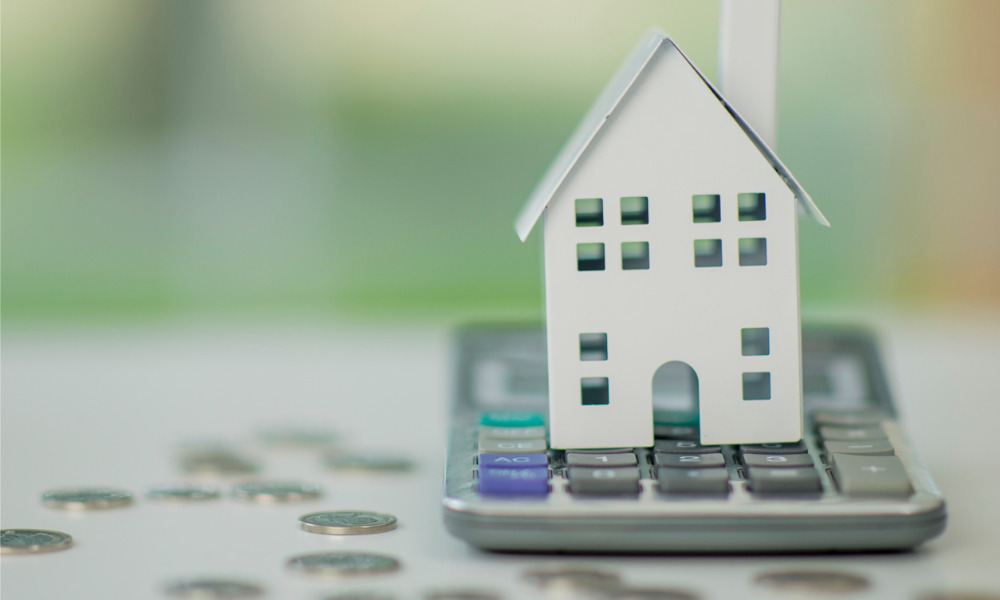If a recent prediction is correct, borrowers could find themselves paying hundreds more

The average mortgage borrower could be paying $103 more in monthly repayments by the end of the year, and $427 more per month by March 2024 if Westpac’s latest cash rate forecast is correct.
Westpac chief economist Bill Evans predicted Thursday that the cash rate will rise to 1.75% by March 2024. The bank has brought forward its projection for the first cash rate hike to August of this year, when it expects the rate to rise to 0.25%. Westpac predicts a further increase in October to 0.5%.
The Reserve Bank continues to insist that the cash rate won’t rise until at least 2023. However, a growing number of economists believe the first rate rise will come sooner.
If Westpac’s predictions are correct, the average variable-rate borrower owing $500,000 on their mortgage could see their repayments spike by $103 per month by the end of October, according to a RateCity analysis. That estimate includes the principal they would have paid off in that time and assumes the borrower has 25 years remaining on their loan.
RateCity research director Sally Tindall said homeowners should prepare for higher repayment costs.
“While the exact timing of the next cash rate hike is still not certain, borrowers need to know that rates are on the rise – it’s just a matter of when,” Tindall said. “Recent APRA data shows the average borrower is currently 45 months ahead on their repayments. However, that doesn’t mean every borrower will be able to take these rate hikes in their stride.”
Read next: Rate hikes won’t help tight mortgage margins – report
Tindall said that one way borrowers could prepare for future rate hikes was to get ahead on their repayments now, while rates are still low.
“Variable borrowers should also check what rate they’re on now, and potentially switch to a more competitive lender, or at least ask their bank for a discount,” she said. “That way, when the cash rate does rise, they’ll at least be coming off a low base. RBA data shows the average existing variable-rate customer is on a rate of 2.98%, while the average new customer is on a variable rate of 2.59%. That’s a 0.39% difference worth haggling for. If you do manage to move to a lower rate, put any savings back into your loan, which will also help minimise the impact of future rate rises.”



